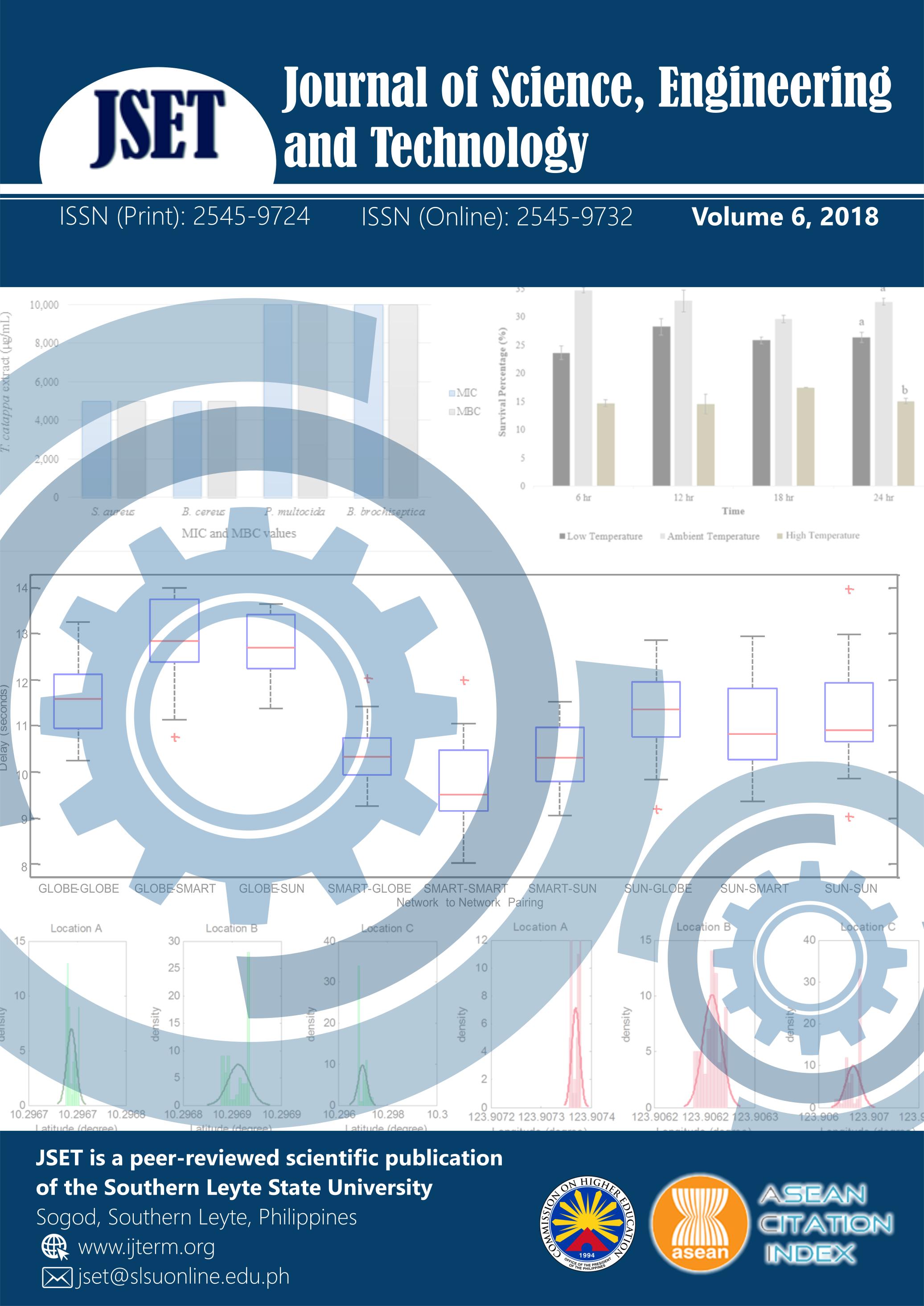Carbon Stocks Assessment of Various Land Uses in Marginal Land
DOI:
https://doi.org/10.61569/g09k9n70Keywords:
Carbon stocks, Biomass, Marginal land, Grassland, PlantationAbstract
Marginal areas are often characterized as having unproductive soils. Productivity may be improved if these are converted into agroforests with tree plantations. When properly managed, they may have good potential in storing carbon, both in their vegetation and soils. The study was conducted to determine the biomass and carbon storage of various land-uses including a grassland, a vegetable-based farm and a plantation of a fast-growing tree species in Samar, Philippines. Sample quadrats were laid out in each study site, and combinations of both destructive and non-destructive sampling approaches were done to estimate the biomass. Results showed that a vegetable-based farm had very low above-ground carbon stocks with 0.10 MgCha-1, while an Imperata cylindrica-dominated grassland had 2 MgCha-1. A ten-year-old Gmelina arborea plantation however, stored 42 MgCha-1 in the biomass, including litter and coarse woody debris. Carbon stocks in the soils of the grassland was 135 MgCha-1, while the vegetable-based farm had 150 MgCha-1, and the tree plantation had 155 MgCha-1. Results showed that the studied land-uses have different storage capacities in various carbon pools.
Downloads
Published
Issue
Section
License

This work is licensed under a Creative Commons Attribution 4.0 International License.
This is an open access article distributed in accordance with the Creative Commons Attribution 4.0 Unported (CC BY 4.0) license, which permits others to copy, redistribute, remix, transform and build upon this work for any purpose, provided the original work is properly cited, a link to the license is given, and indication of whether changes were made. See: Creative Commons Attributions 4.0 International License.








